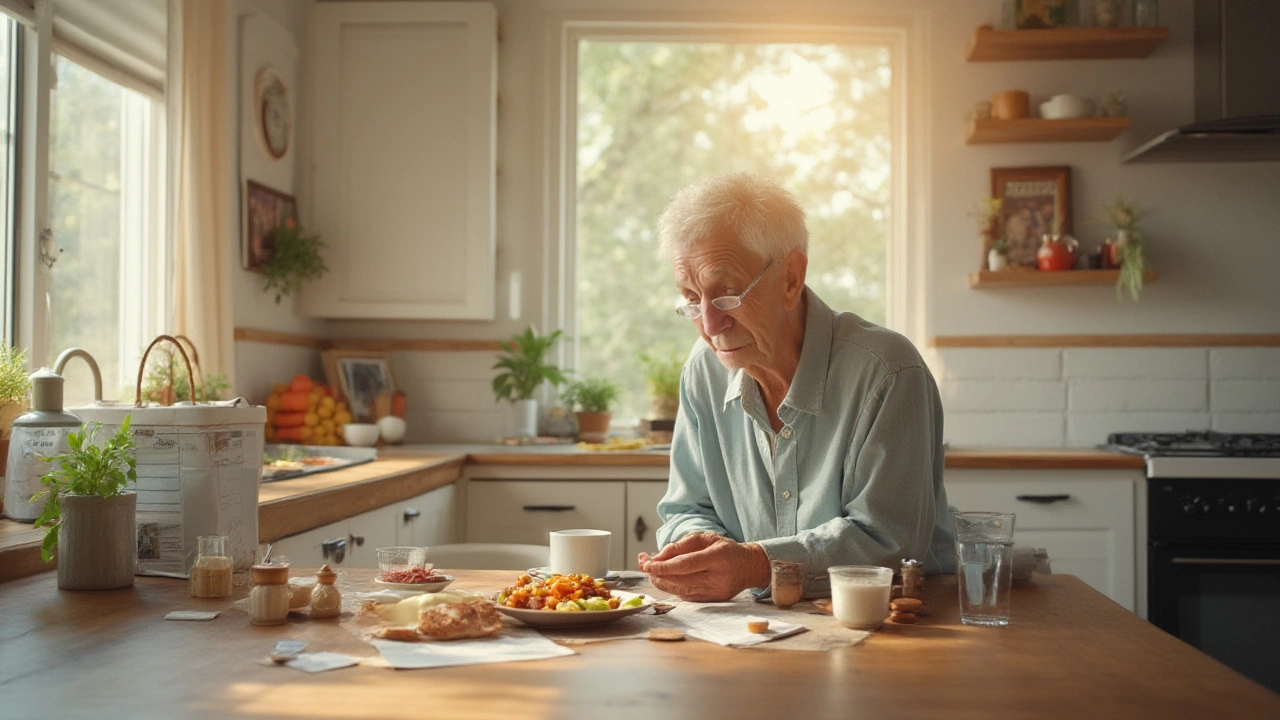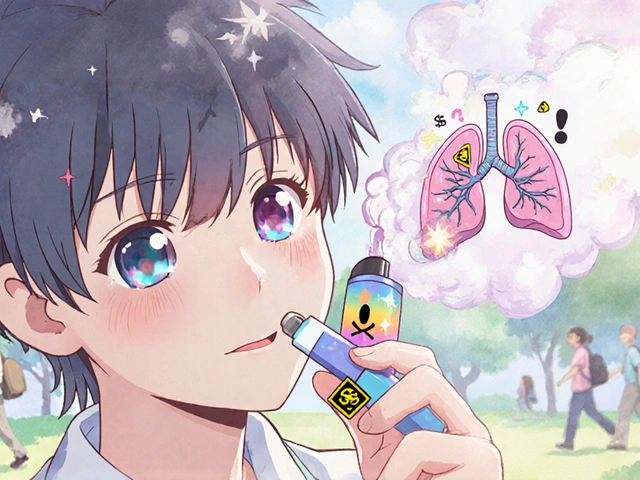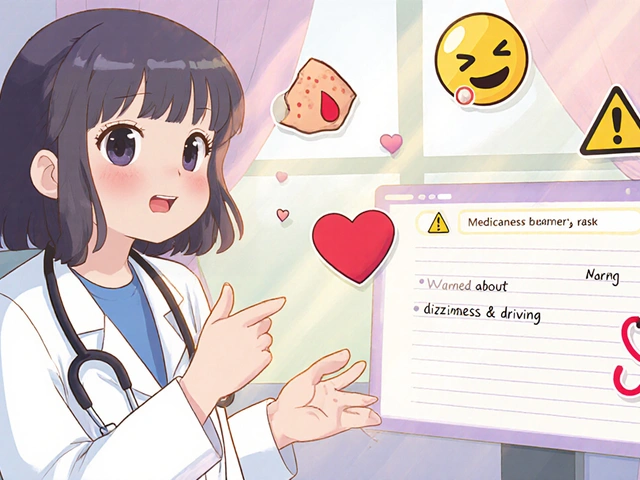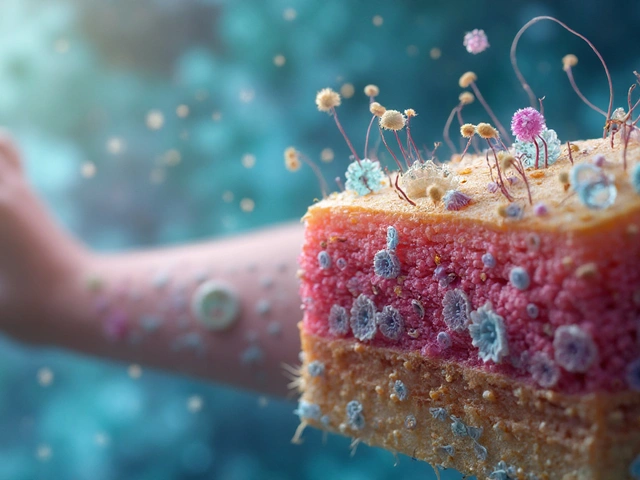If you ask anyone who's had a kidney transplant about their biggest fears after surgery, “Will my body reject the new kidney?” usually tops the list. Rejection sits in the back of every recipient’s mind because the immune system wants to attack anything unfamiliar, even a life-saving organ. That’s where tacrolimus comes in—it’s become the main shield in the battle against rejection. With tacrolimus in play, transplant success rates have surged over the last two decades, making it something of a household name among transplant patients (and, let’s be honest, their families, too).
How Tacrolimus Works to Protect New Kidneys
Tacrolimus is what doctors call an immunosuppressant, but you don’t need a medical degree to understand why that’s a big deal. It basically reins in your immune system, teaching it not to attack your new kidney like an unwanted guest. This is done by blocking a key signal that “activates” certain white blood cells. If those cells can’t light up, then they can’t organize an attack, and your new kidney is less likely to be targeted. It's a bit like having a peacekeeper at the border, making sure nothing gets too rowdy.
Before tacrolimus became the norm in the late 1990s, another medicine called cyclosporine was the main player. But tacrolimus proved to be more effective at keeping the peace, with fewer rejections early on, and, as time passed, even fewer late “surprises” where a working kidney suddenly fails. Hospitals all over the world now use it as the first-choice option in most kidney transplants.
There’s a catch, though: your immune system still has a job to do—fending off infections. Tacrolimus tones it down, but doesn’t shut it off. That delicate balance, keeping rejection at bay without opening the door to every virus, is why your transplant team checks your medicine levels often. Some people metabolize tacrolimus quickly, others slowly, and getting the “just right” dose turns into an art (and a bit of a guessing game at first).
As of 2024, over 80% of kidney transplant patients in the UK use tacrolimus as part of their anti-rejection protocol. Studies from NHS Blood and Transplant cite 1-year graft survival rates as high as 94%—a figure that would’ve seemed almost impossible back in the 1970s and ‘80s. Improved survival hasn’t just made life longer; it’s made it better, too.
Daily Routines: Living with Tacrolimus
No one’s pretending that taking tacrolimus is like popping a daily vitamin. It’s a careful routine, and the rules aren’t as flexible as some might like. You have to take it at the same times every day—usually every 12 hours—because those levels can swing pretty fast if you miss a dose. Inconsistent dosing? That’s asking for trouble. Even a single missed dose can spike your rejection risk, and too much can harm your new kidney or cause side effects.
Food can affect how your body absorbs the medicine, especially if you eat something high in fat or drink grapefruit juice (seriously, avoid that stuff—it messes with the way your liver deals with tacrolimus). It’s not all about food, though: loads of common medicines, from antifungals to blood pressure pills, can change tacrolimus levels, sometimes in dangerous ways. That’s why transplant teams are sticklers about checking in before you start something new—even over-the-counter stuff.
Here’s a tip: folks use alarms or reminders to keep from missing doses, or even simple pill boxes with labeled compartments. If you’re traveling, bring more than you need and keep it in your carry-on bag—delayed flights and lost luggage happen more than you’d think, and missing doses just isn’t an option.
Routine blood tests are part of the package. In the first few months, you’ll probably go in every week, then it can stretch out as your team gets to know how you process the medicine. Most people carry a little card or a note on their phone with their current dose and the name tacrolimus in case they run into a pharmacist or doctor who needs to know fast.

The Realities of Side Effects
If you ask three people on tacrolimus about side effects, you’ll probably get three very different stories. The most common complaints? Shaky hands, headaches, and sometimes a burning or tingling feeling in the feet or hands. A lot of people notice higher blood pressure or an increase in blood sugar, which means you might swap your post-transplant freedom for regular check-ins about diabetes or hypertension. A few folks get mouth ulcers or have trouble sleeping.
An unusual side effect that surprises many is hair growth: some experience hair thinning, while others notice thickening, even in new places! Not exactly what you expect, right? Kidney doctors often joke about the unpredictability—one patient’s mild tremor might be another’s major hurdle. But the truth is, most people find the trade-off worth it once the medicine settles and the worst side effects pass.
Longer-term concerns—like effects on the liver, risk of certain cancers, and sometimes increased susceptibility to infections—do have to be weighed. That’s why ongoing check-ups are non-negotiable. Lab tests look for early warning signs so that adjustments can be made before trouble hits. You might also be told to avoid sunbathing or always wear high-SPF sunscreen, since suppressing the immune system makes skin cancers a bit more likely.
One hard fact: even with tacrolimus, no medicine makes kidney rejection impossible. There’s always a low-level risk. Most people learn to spot warning signs like fever, swelling, sudden weight gain, or changes in the amount they pee. Anything out of the ordinary means calling the clinic right away, not waiting till “it goes away.”
Comparing Tacrolimus With Other Immunosuppressants
While tacrolimus dominates the scene now, it’s not the only option. Doctors have experimented with cyclosporine (an older cousin, still around but used less frequently), sirolimus, mycophenolate mofetil, and steroids. Each has pros and cons, and it’s not rare for someone to start on one plan and switch if side effects crop up or the original lets them down.
Tacrolimus stands out for a few reasons. It has a predictable effect on the immune system, so doctors can “tweak” it more precisely. It also pairs well with other medicines, letting teams find a balance between killing off immune reactions and not overwhelming the patient with side effects. Cyclosporine, for example, is harsher on appearance—causing more gum swelling, weird hair growth on the face, and sometimes a sandy feeling in the mouth.
There are new drugs always on the horizon, with fewer side effects and even less risk of infection or cancer. But, for now, tacrolimus stays as the workhorse, partly because so much data backs its use. Large U.K. and international studies keep updating their stats, and none have shown clear evidence that other immunosuppressants beat tacrolimus for most patients.
| Drug Name | 1-Year Graft Survival Rate | Common Side Effects |
|---|---|---|
| Tacrolimus | 94% | Tremor, high BP, diabetes, kidney toxicity |
| Cyclosporine | 92% | Gum swelling, hair growth, kidney toxicity |
| Sirolimus | 91% | High cholesterol, slow healing |
Some people end up on “steroid-free” regimens. But it’s rare to completely avoid immunosuppression—medicines are almost always part of the current deal. The future might bring gene-tailored drugs, but for now, a steady *tacrolimus* routine is the main thing keeping kidneys working long after surgery.

Tips for Success After Transplant
Adjusting to life with tacrolimus isn’t about learning a bunch of medical facts—it’s about practical habits and tiny daily decisions. People who do best often build steady routines, because the body craves predictability when it comes to these meds:
- Set reminders or link your doses to daily rituals (like brushing your teeth).
- Keep a medication diary, especially when your dose changes during the first months.
- Store your medicine away from heat, humidity, and light (not in the bathroom or direct sunlight).
- Wear medical alert jewelry or keep a tacrolimus card in your wallet in case of emergencies.
- Stay hydrated but avoid drinks that can interfere, like grapefruit juice.
- Make blood test appointments part of your “must-do” list, not a maybe.
- Don’t be shy about talking to your medical team. Changes in appetite, mood, sleep, or skin—report them early while they’re still easy to manage.
- If you’re planning a holiday, bring a letter from your transplant team listing your medicine and prescription.
- Little lifestyle shifts—like keeping your hands extra clean and skipping hot tubs—help avoid infections.
- Remember, sunlight is riskier. High-factor SPF or sun-protective clothing is your friend—even on cloudy, Bristol days.
People sometimes compare the adjustment to getting a stubborn family pet: there’s some wrestling early on, but the right routines make it easier, and eventually everyone finds a rhythm.
One more reassuring fact: even with imperfections, most people rate their post-transplant quality of life as “much improved,” thanks to stable kidneys. Tacrolimus is rarely glamorous, but it’s constantly behind the scenes, doing hard work to protect that precious new organ day after day.







Christopher Ramsbottom-Isherwood
July 24, 2025Tacrolimus isn't some miracle drug-it's a chemical leash. You trade freedom for function, and the system knows it. People act like it's a gift, but it's just the price of admission to a life you didn't ask for.